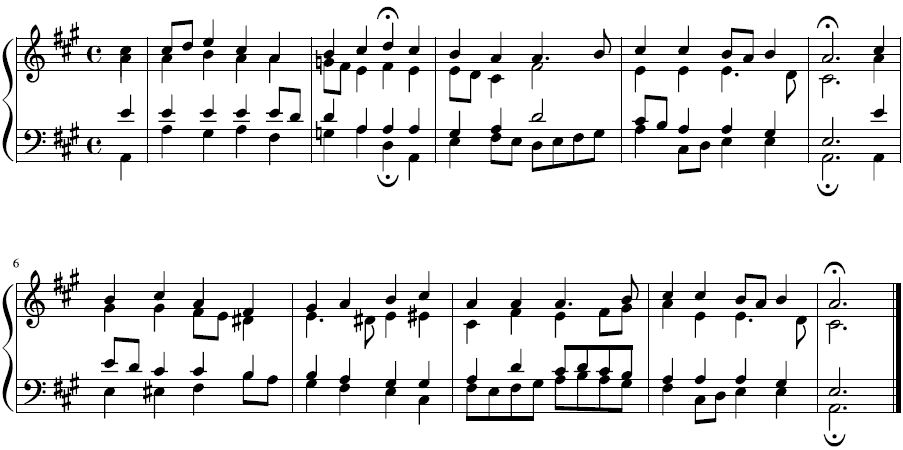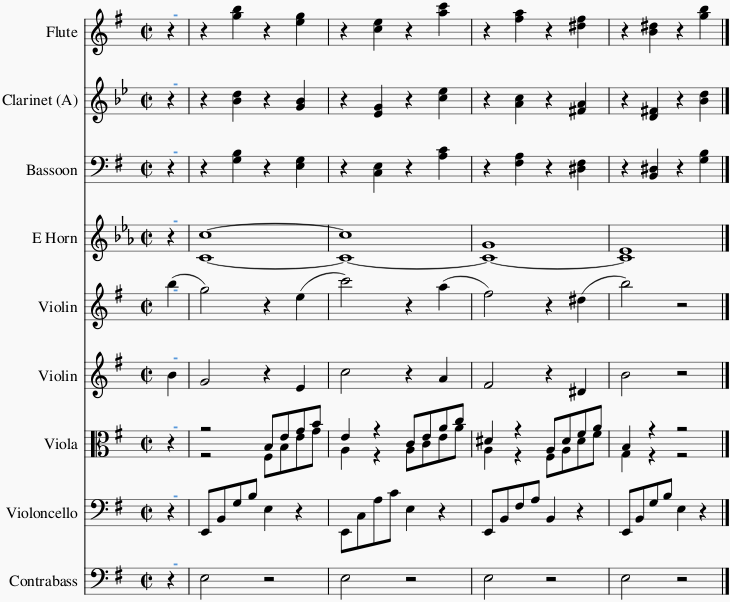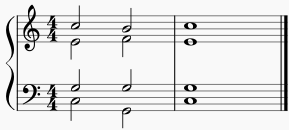Fordham Law School professor Jed Handelsman Shugerman says Attorney General Robert Barr got it exactly backwards:
The Mueller report, holding itself to the higher standard, concluded that it did not find proof beyond a reasonable doubt of criminal conspiracy with Russia. It also offered an explanation: Lies by individuals associated with the Trump campaign “materially impaired the investigation of Russian election interference.” Witnesses deleted emails and used applications with encryption or deletion functions, which also thwarted fact-finding. Part II of the report on obstruction explains why Part I may have fallen short of such a high burden.
Mr. Barr had the analysis backward in his summary letter. The failure to prove an underlying crime does not mean there was no obstruction. The obstruction meant that it became impossible to know whether there was a conspiracy beyond a reasonable doubt — and it impeded the Russian investigation. Mr. Barr then used that doubt to question whether there was the corrupt intent required by obstruction statutes. To the contrary, the preponderance of conspiracy evidence confirms the corrupt intent.
This conduct by President Trump, his son and his campaign manager and deputy campaign manager are probably civil violations of coordination for enforcement by the F.E.C. Presidents should not be impeached for civil election violations, but one should still be able to conclude that Mr. Mueller established coordination with the Russian government as a factual matter. And it may have been so egregious that it was a “high misdemeanor,” and the obstruction was not faithful execution of the law, especially in light of new historical evidence of its meaning.
Meanwhile, the machinery of congressional investigation churns along...
 Today's Blogging A-to-Z challenge entry examines the physics of music. Specifically, when a musician looks at a note on a page, what tone does she actually produce?
Today's Blogging A-to-Z challenge entry examines the physics of music. Specifically, when a musician looks at a note on a page, what tone does she actually produce?
Most people today have passing familiarity with the piano, which has one key per note. This means the frequency of each note remains the same no matter what key a pianist plays in. If she hits the A above middle C, the piano strings vibrate at 440 Hertz (cycles per second). The A below middle C is 220 Hz, the A below that is 110 Hz, and so on. All of the notes in between have fixed frequencies as well.
This system, dating from about the beginning of the 20th century, is called equal tempering. It has some pretty interesting consequences, first among them that only the octaves are perfectly in tune. Every other interval is slightly out of tune—sometimes in two ways.
Equal tempering is a compromise, driven in part by the popularity of the piano, because they're so hard to tune. Other instruments don't have this limitation, so in some circumstances (i.e., string quartets), you might hear well-tempering instead.
In well-tempered tuning, some intervals actually do retain their proper mathematical relationships. But only some. Well-tempering is another compromise, resulting in different keys having wildly different tone colors. Bach promoted well-tempering with his two-volume set of preludes and fugues called The Well-Tempered Clavier. (Cue the irony that most people today have never heard it played on a well-tempered instrument. I found a good demonstration of the differences between equal- and well-tempering that's worth 12 minutes of your time.)
Before well-tempering, musicians used Pythagorean tempering (based on perfect 5ths) and meantone tempering (imperfect 5ths to get better 3rds).
For more about this topic, Nathan Nokes has a good video about the physics of these earlier tuning systems, with pure-tone examples. Notice how just and Pythagorean temperaments sound out of tune. Except they're not; they're just different.
Chicago Blackhawks owner Rocky Wirtz vented his frustration about outgoing mayor Rahm Emanuel in a letter to incoming mayor Lori Lightfoot earlier this week. Today, Emanuel responded:
When you own something, you pay the costs and you reap the benefits. Welcome to capitalism and the private sector, Rocky.
Look, I get it. For those who have become accustomed to the rules of the road of crony capitalism, and have had sweetheart deals and special arrangements no one else receives, it is tough when you are forced to play by the same rules as everyone else. While I am certainly not against using public investments in infrastructure as a catalyst for economic growth, I believe we must draw the line at outright corporate welfare.
It is because we have invested in our economic fundamentals, not because of crony capitalism, that Chicago has led the country in corporate relocations and foreign direct investment every year for the last six years, a first for the City of Chicago.
It's also why we're happy to have failed to win the 2024 Olympics and Amazon's HQ2—because winning those things would have cost more than they were worth.
A large number of articles bubbled up in my inbox (and RSS feeds) this morning. Some were just open tabs from the weekend. From the Post:
In other news:
And now, to work, perchance to write...
 We're finally putting together a lot of what I've covered in this year's Blogging A-to-Z challenge. Today I'll touch on voice leading (known as "part writing" in the UK), which describes how individual voices in a composition work separately to create a musical whole.
We're finally putting together a lot of what I've covered in this year's Blogging A-to-Z challenge. Today I'll touch on voice leading (known as "part writing" in the UK), which describes how individual voices in a composition work separately to create a musical whole.
We already talked about counterpoint, in which we saw how two vocal lines interact while moving independently of each other. That's the essence of voice leading. But when you add more voices, the rules become a bit more complex.
Open Music Theory has a good explanation of the problems that voice leading aims to solve:
The “fundamental musical problems” we will address in the study of counterpoint center around the way in which some basic principles of auditory perception and cognition (how the brain perceives and conceptualizes sound) play out in Western musical structure. For example, our brains tend to assume that sounds similar in pitch or timbre come from the same source. Our brains also listen for patterns, and when a new sound continues or completes a previously heard pattern, it assumes that the new sound belongs together with those others. ... These abilities are also what allows music to have the emotional effect that it does on so many people. Whether or not a composer or songwriter is aware of the science and psychology of hearing, a masterful composer mediates and plays with these basic concepts.
In short, voice leading "leads the ear" in service of the music as a whole.
The general rules are:
- Favor small intervals
- Avoid crossing lines
- Avoid parallel fifths and octaves
Here's a simple example that demonstrates how each voice can have its own life and still form a cohesive whole:

So what's going on in there? All four lines have their own melodies (particularly the soprano and tenor lines), I've avoided parallel 5ths and octaves in a couple of tricky spots while still maintaining a decent chord progression, and none of the lines cross—though they do, occasionally, trade notes. Notice the tenor D on the second beat of the 3rd measure followed by the alto D in the next beat.
(There's also a joke buried in there. Play each of the vocal lines separately and you'll find it. The joke explains why there's a bit of clunkiness between the second and third measures.)
But that's just me demonstrating a concept. Here's what a genius does, in the first of his nearly 400 surviving chorales:

(Bonus pdf file.)
 The Blogging A-to-Z challenge entry today starts with a joke: what is the definition of a minor second? Two oboes playing in unison.
The Blogging A-to-Z challenge entry today starts with a joke: what is the definition of a minor second? Two oboes playing in unison.
Sorry, oboes.
We already know what unison means: it's two voices sounding the same note. And earlier I mentioned that different instruments use different clefs. And we've covered key signatures. Now I'm going to tell you a dirt secret of the orchestra: unison sometimes looks like a bunch of completely different notes.
The problem comes from the way that certain brass and woodwind instruments work. Different instruments naturally play in different tunings. For example, if you play a natural scale on a French horn, you're actually playing (usually) an F or Bb scale. So we say that the horn is "in F" or "in B flat." Which leads to the part that string players and singers struggle to understand: music for the French horn is written as if C is F. Or Bb. In other words, horns fall into the class of transposing instruments, because they naturally transpose the notes written on the page.
To illustrate, here is how we write an F major scale played in unison—exactly the same notes—between a viola and a French horn in F:

The viola starts on F, but the horn starts on C. Except that the horn's written C is actually sounds like F.
It gets even crazier when you combine a bunch of instruments that transpose in different keys. Here's the opening of Brahms's Symphony #4 in e minor:

The flute, bassoon, and strings are in C, so when they play the note written as C they actually play a C. The clarinets are in A, so when they play what's written as C out comes an A. The key signature has to change, too; theirs is in C minor, because when they see a C the sound they make is actually E. Opposite issue for the French horns, which Brahms wanted in E: when they play the note written as C (as they do for four bars), they're actually playing G, which is also why their staff is in A minor.
It's all finally coming together, isn't it?
Sunday night I visited my 30th park. I have to say, Coors Field is better than Coors Beer.

The Phillies won, because apparently I am a curse on all the ballparks I visit. But that's OK. Being in Denver on 4/20, and having walked past the 4/20 Festival earlier in the day, I really didn't mind all that much.

It's hard to tell, but while I had a really great seat, the foul screen meant my photos weren't perfect:

The weather nearly was, though. And it was a fun game.
Just two parks left: Toronto on June 28th, and St. Louis on September 27th.
Friday night I got to my 29th (out of 32 planned) baseball park: Globe Life Park in Arlington, Texas. I didn't realize until I got there that they're tearing it down at the end of this season. (That might affect the Geas if I don't get to both Toronto and St. Louis this season.)
It was too busy at the start of the game to get the front-gate photo I always try for. But here's the view from my seat:

And the whole park:

Things didn't go well for the (then) last-place Rangers. Their in-state division rivals the Astros beat them 7-2.
But that didn't bother my neighbor, 4-year-old Leilee. She spent a good bit of the game figuring out, through trial and error, how to use binoculars:

It was a decent park, and we had really good seats as you can see. But hey, American League, right? And next year will be truly horrifying: the new Globe Life Field will have artificial grass. Sacrilege.
 Today's Blogging A-to-Z challenge post sits right in the middle of everything.
Today's Blogging A-to-Z challenge post sits right in the middle of everything.
The tritone is the interval between the perfect 4th and the perfect 5th. Depending on which direction you're going, it's either an augmented 4th or a diminished 5th. And it's always going somewhere.
In the C major scale, the natural tritone is between F and B (where it's an augmented 4th) or B and F (where it's a diminished 5th). B, remember, is the leading tone in the key of C, so it really, really wants to resolve to C. The F (subdominant) wants to resolve to E (the mediant). Therefore, if you have an augmented 4th, it wants to resolve to a minor 6th (which is also the tonic chord in first inverstion):

And if it's a diminished 5th, it resolves to the major 3rd:

Remember ethnic 6th chords? Tritones all the way down. Even in a basic I-V7-I progression, the V7 has the tonic chord's tritone in it:

The tritone is between the first and second lines from the top. Just as in the very first example on this post.
The day after a 3-day, 3-flight weekend doesn't usually make it into the top-10 productive days of my life. Like today for instance.
So here are some things I'm too lazy to write more about today:
Now, to write tomorrow's A-to-Z entry...